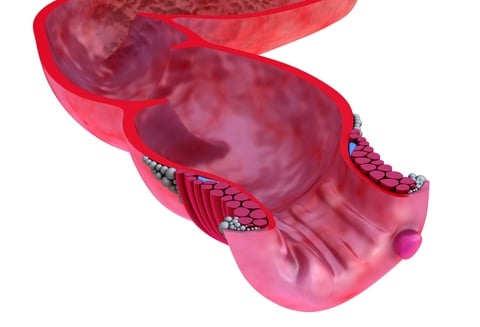Why bother going through the process of giving birth vaginally when you can have a planned caesarean section? Increasing numbers of women today appear to be subscribing to this view. Maternal request for delivery by caesarean section is reportedly on the increase and has been blamed, in part, for the continuing rise in the caesarean section rate.
The level of maternal requests is a controversial issue. The National Sentinel Caesarean Section Audit report notes that studies report rates of maternal requests ranging from 1.5% to 48%. Much of the variation is due to unclear definitions of maternal request and whether there was also a supporting clinical indication.
But the use of maternal request as a reason for carrying out surgery is non-sense, since it simply indicates who instigated the decision. Clinical indications are not, after all, lumped together under obstetric preference. Until audits standardise the terminology and subdivide maternal requests into the underlying reasons why women prefer to undergo surgery, serious debate of the issue will be hampered.
Why Do Some Women Consider Caesarean Delivery More Advantageous?
- A caesarean section is a modern way to have a baby, involving the use of technology
- A caesarean section is a medical operation
- A Caesarean Section Can Be Scheduled
- A Caesarean Section Is Quick In Comparison To Most Labours
- A Caesarean Section Is Perceived As Pain-Free.
- A Caesarean Section Avoids The Need For A Baby To Make The Journey Through The Birth Canal
- A Caesarean Section Is Clean
But :
- A c-section is a major abdominal surgery that comes with surgical risks and complications from anaesthesia. Anaesthesia side effects may include severe headache, nausea, and vomiting. Anesthesia may also affect the baby, causing him or her to be sluggish or inactive when born.
- Women with planned cesarean sections have longer hospital stays and a longer postpartum recovery period than women with vaginal deliveries.
- You are at an increased risk for serious health complications after cesarean delivery. When compared to women with vaginal deliveries.
Advantages of normal vaginal delivery :
- This is the more natural way to give birth. Your body is naturally equipped to give birth vaginally without medical intervention. Labour starts with your cervix dilating, and it ends with a newborn baby.
- Women have a sense of empowerment and accomplishment after a vaginal birth. They are active participants in the childbirth experience. They must push to help move their baby through the birth canal and into the world.
- Shorter hospital stay after vaginal birth. (You are in the hospital for 24 to 48 hours after delivery).
- You have a quicker recovery time with vaginal birth, and you will have less postpartum pain.
- Your baby is less likely to have certain respiratory problems, including transient tachypnea of the neonate, or TTN, (fluid in the newborns lungs). TTN is not serious and it clears up within 2 to 3 days of treatment. It is more common in premature babies and full-term infants born via c-section.
- Vaginal deliveries reduce the likelihood of TTN because the pressure of going through the birth canal helps squeeze this extra fluid from your baby's lungs. Also, natural labour triggers the release of the hormone epinephrine, which clears fluids from the lungs.
- Infants born vaginally are also at decreased risk of persistent pulmonary hypertension a condition in which your baby's organs are deprived of oxygen because blood is not flowing into the lungs like it should.
- Infants born vaginally are less likely to develop asthma, food allergies, and lactose intolerance later in life. This may be due to being exposed to beneficial bacteria in the birth canal.
- In future pregnancies, labour may be shorter and move along quicker.
- Mothers who deliver vaginally are able to breastfeed immediately and more effectively, than women with c-sections.
- After a vaginal birth, it may be easier to bond with your infant because you can have immediate contact with him or her.
- You are at a decreased risk of maternal haemorrhage, blood clots, and damage to your internal organs.
However, the decision you take for the delivery of your baby needs to be made after discussing it with your doctor and considering your situation. Sometimes a Caesarean should be done and indicated, other times it is an unnecessary procedure.
Topic: blog







.jpg)



Leave a comment